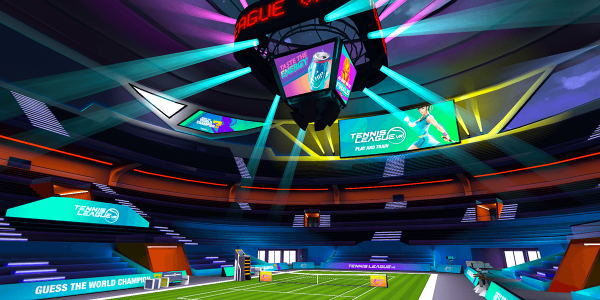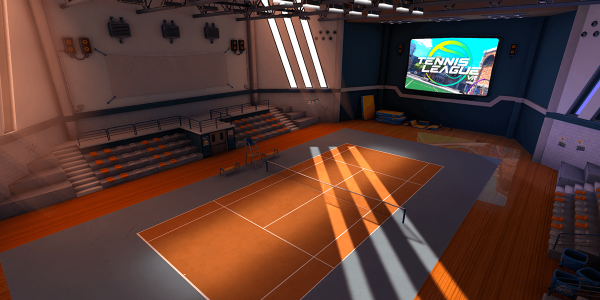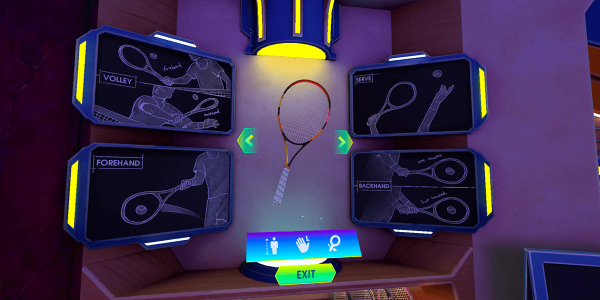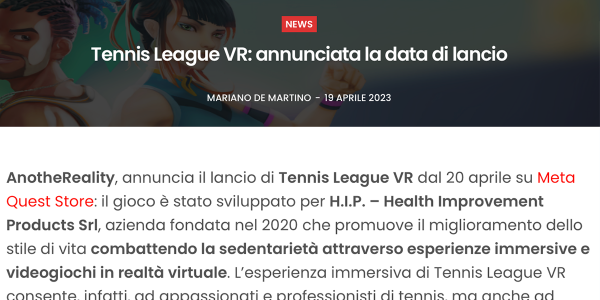Tennis League VR: tennis becomes immersive
- H.I.P.
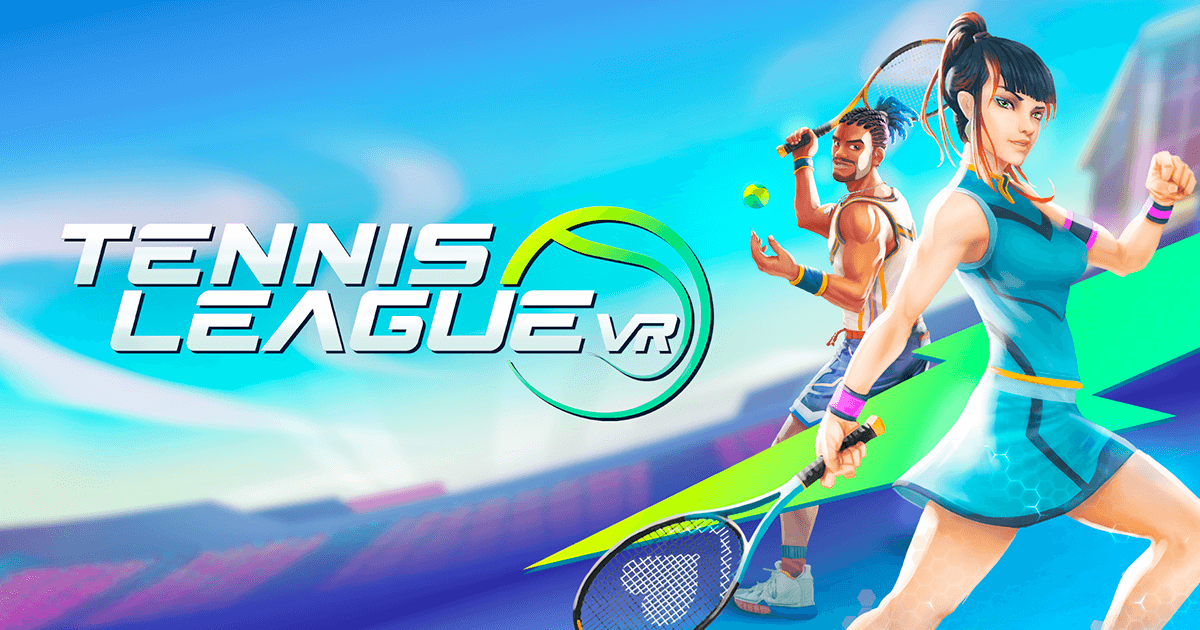
An emerging challenge in the fitness world is how to keep exercise interesting and engaging. As technology continues to advance, AnotheReality has come up with an innovative way to make training more engaging and fun. Tennis League VR, initially conceived as a simulator for indoor training in gyms, has evolved into a full-fledged VR tennis game currently distributed on the Meta Quest Store.
The Game
Tennis League VR is a versatile solution for tennis newbies and experienced players looking for a new way to train. The game is based on a physical simulation designed to be as realistic as possible. Users can choose between two game modes: Arcade, for a smoother, assisted playing experience, and Simulation, which offers more control over the ball but requires more skill on the part of the player. The game is distinguished by its unique visual style. Instead of opting for a realistic aesthetic, which may not render well on a technically limited platform like Meta Quest, the designers opted for environments and characters with stylized features and vivid colors. This stylistic choice makes the game appealing even without the use of highly detailed assets.
Game Modes
Tennis League VR offers a wide range of game modes to suit a variety of preferences. The Career mode challenges players with a series of single-player tournaments of increasing difficulty. Climb the leaderboard and aspire to become the overall champion! Or you can face other players in real-time Multiplayer mode. This mode also allows other players to join as spectators, creating a more interactive gaming experience. With the built-in voice chat feature, players can communicate with each other during the game. Training mode offers a series of timed or point challenges to improve your accuracy. Or you can choose the Free Ball Thrower mode for a more intense workout. Finally, Arcade mode allows you to challenge a CPU opponent in a single match, or test yourself in Droid Rush, a minigame in which you must defend against a horde of crazed droids by fending them off with forehand and backhand shots.
Development
Tennis League VR was developed using the Unity Engine, a highly versatile game development platform. The game is intended for the Meta Quest family of VR viewers, and is specifically compatible with Quest 2 and later models. The choice to use Unity allowed for excellent flexibility during development, ensuring a smooth and immersive game experience. Distribution of the game was through Meta’s proprietary digital store, allowing Tennis League VR to reach a global audience of VR enthusiasts. This also ensured that the game is easily accessible for players, further enhancing the user experience.
Conclusion
Tennis League VR is a shining example of how virtual reality can be used to create innovative and immersive training experiences. With a variety of game modes, unique visual design, and meticulous attention to detail, the game offers an unprecedented VR training experience. Whether you’re a tennis neophyte or an experienced player, Tennis League VR has something to offer everyone. Just like real tennis, the game requires skill, strategy, and a little competitive spirit. But unlike real tennis, you don’t need a tennis court: you just need a VR visor and a desire to have fun. Whether you’re looking for a new way to train or just a fun way to pass the time, Tennis League VR is the game for you. With its combination of advanced technology, intuitive design, and immersive, gameplay, Anothereality’s Tennis League VR demonstrates how virtual reality can transform not only how we train, but also how we have fun. The future of fitness is here, and it comes in the form of a highly detailed, immersive and incredibly fun virtual reality tennis game.
It doesn’t matter if you are just beginning your adventure in the world of tennis or a seasoned pro, Tennis League VR offers a unique and exciting experience that will take you to new heights in your training all without having to leave your home.
The main goal of the designers was to offer multiple game modes with different content for each, and likewise make the game suitable for different levels of player skill.







The game was developed using the Unity engine. The game platform for which it is intended is the Meta Quest family of VR visors, specifically the game is compatible with Quest 2 and later models. The game has been distributed on Meta’s proprietary digital store.

